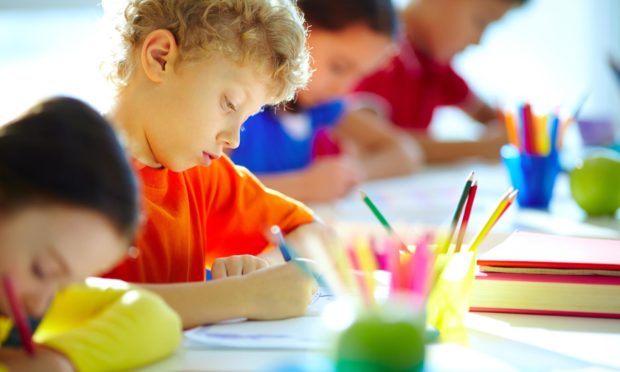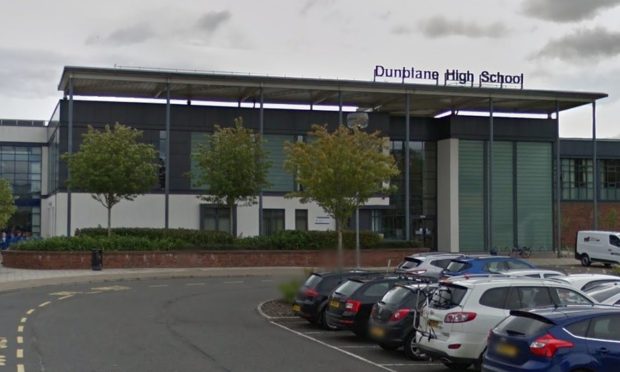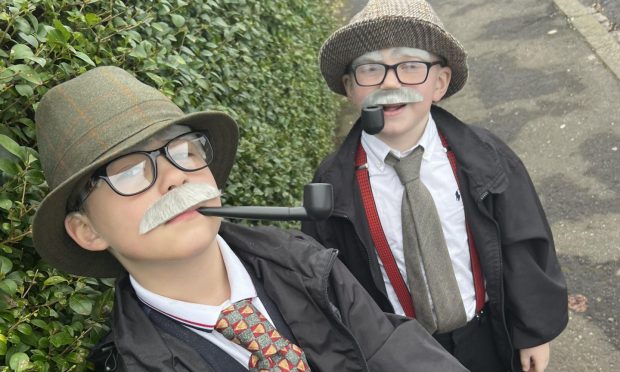Child poverty should be tackled in the classroom using a whole school approaches, according to Scotland’s largest teaching union.
The Educational Institute of Scotland has made a series of recommendation for dealing with what it described as the ‘elephant in the classroom’ to national and local government, school leaders and teaching unions.
A report published on Tuesday April 20 on its anti-poverty professional learning programme, PACT, states that as well as reacting to poverty issues as they arise schools should consider proactive work, such as eliminating curricular costs to families.
One in four children in Scotland live in poverty including more than 31,000 in Tayside and Fife, according to Scottish Government statistics released last month.
Highly effective anti-poverty work is already taking place across the educational landscape, the EIS said, but schools should “step back and look at the whole picture”.
EIS assistant secretary Andrea Bradley said: “As a society and as a teaching profession in one of the richest countries in the world, we should neither accept the existence of poverty nor of educational inequity.
“Governments at both UK and Scotland levels have significant responsibility and power to act against poverty but with the necessary government support and funding, and with the right cultures in place, services such as education also have a role to play.”
We should neither accept the existence of poverty nor of educational inequity.”
Andrea Bradley, EIS
The PACT project, funded by the Scottish Government, was established to help teachers explore the nature, causes and consequences of poverty and possible interventions.
Stigma and shame
Awareness of the stigma and shame surrounding poverty is well-established, said programme leaders, and teachers want support to confront and overcome barriers.
While there are fears around addressing the sensitive subject, they said it was important not to shy away from discussing it and young people themselves had told them they wanted to address it in the classroom.
The report states: “We know that the majority of children who live in poverty do not live-in areas of multiple deprivation, so no school is free of having to deal with this ‘elephant in their classrooms’, if they are to truly meet the needs of all their young people and have a role in changing the narrative on poverty.”
What is being done already?
We asked local authorities what was being done in their schools already to tackle poverty.
Dundee City Council has a ‘cost of the school day’ project.
Efforts include identifying cheaper uniform suppliers, developing more inclusive homework policies, non-stigmatising approaches to fundraising, free ready-to-learn packs and improved promotion of financial entitlements.
We are all determined that children can make the most of their time at school…”
Stewart Hunter, Dundee City Council
Children and families service convener Councillor Stewart Hunter said: “We are all determined that children can make the most of their time at school and we are committed to doing all we can to tackle the financial barriers that may stand in their way.
“Schools have been looking at issues and are coming up with imaginative solutions that are being shared around the city.”
Perth and Kinross Council is also trying to reduce the cost of the school day.
A spokesman said: “Perth and Kinross Council is very much aware of the effect of social deprivation and poverty on children within Perth and Kinross and the additional impact Covid-19 has had on many families.
We are taking a number of actions to improve the life chances and educational attainment of our children and young people.”
Perth and Kinross Council
“In relation to education, we fully support the professional learning of staff in awareness and understanding of the impact of poverty.
“We have been working with our parent councils and partners on a range of whole authority approaches, including reducing the cost of the school day, maximising income and establishing access to food programmes.
“We welcome this report from the EIS and will be considering its recommendations.”
At Fife Council head of education and children’s services Angela Logue said: “Closing the poverty-related attainment gap and reducing the cost of the school day are important priorities for the council, our schools and our early learning centres.
“Professional learning and effective partnership working, informed by ongoing self-evaluation, has strengthened our understanding of equity, the impact of poverty, adverse childhood experiences and the associated barriers to learning.
“This has led to the development of a range of approaches to meet the needs of our children and young people.”










